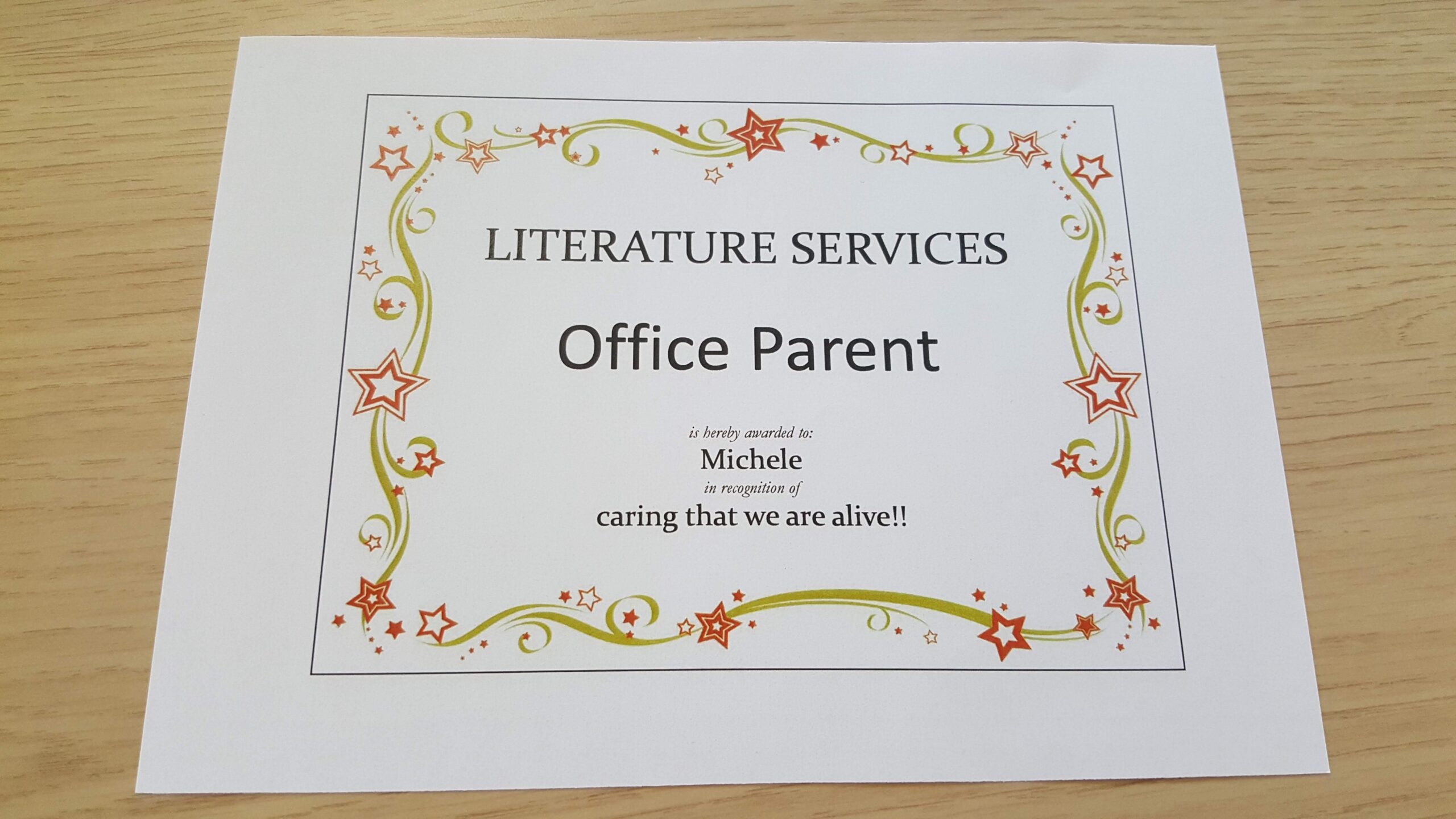In my last post I covered how I influenced stakeholders and strategy in my role at EMBL-EBI. In this post I’ll cover how my role evolved and some of the leadership challenges I faced along the way.
Between 2017 and 2019 my team was very busy delivering some significant projects. These included:
- A redesign of the website based on insights from user research, migrating the front-end to Vue.JS and introducing a design system
- Development of a new manuscript submission system using an open source framework and development of a new repository for full text XML content (which contains over 9.2 million full text articles at the time of writing).
- Preprints were a new trend in life sciences publishing at this time. We started aggregating preprint metadata from different preprint servers and displaying preprints in search results alongside peer-reviewed journal articles.
In 2019 my team leader was promoted to Associate Director and this was the next significant change for me. I stepped up to take over the day-to-day leadership of a multidisciplinary team of 27 people and oversee the running of Europe PMC services, whilst continuing my Product Manager responsibilities and line managing 6 people. Taking on this role meant that I wasn’t able to be as hands-on with UX design and user research as I had been previously. If you enjoy keeping your hand in as a practitioner, the decision to take on leadership responsibilities can lead to some internal conflict and questions. How will you keep your skills up to date? How will it affect your future career path?
I had a lot on my plate with my new role, let alone what was just round the corner. In mid-March 2020 the COVID-19 pandemic took hold in the UK and we were all sent home to work remotely in the first lockdown. Just three days before this a new starter joined the team. She had not only started a new job, but had also moved from her home country for the first time and had no friends or family in the UK. This situation was one of the most challenging I’ve ever faced as a leader. I felt an immense responsibility to support the team and help them feel as safe and comfortable as possible, whilst working remotely. At the same time I was helping to write a 5 year grant application with my team leader and we pivoted to work on a new project to load and convert full text COVID-19 preprints to machine-readable XML format.
The aim was to provide a unique corpus of COVID-19 literature that could be used to inform new drugs and treatments. There are now over 44k full text COVID-19 preprints available which have been used in a number of reviews and meta-analyses studies. In a little more than 2 months the team had to develop a new pipeline and modify our manuscript submission system to handle a preprints workflow. We had to work closely with our XML vendors and internal Helpdesk to handle a 20-fold increase in the volume of articles processed. And from a UX perspective we had to design email communications to authors and implement design changes to the search and article pages to handle different versions of full text preprints. Working on so many new things whilst working remotely was challenging. The graph below shows how many preprints were indexed and displayed on the site, by month, from the project launch in July 2020.

The team also made changes to Europe PMC’s grants system to load data about COVID-19 grant awards from a wide range of international funders (a partnership project) and met a deadline to support changes to some of the Europe PMC funders’ open access policies by January 2021 (in line with Plan S, a new open access policy initiative).
To keep up morale we had daily team meetings in the morning, daily project stand-up meetings and we carried on our tradition of afternoon tea virtually. There were also some occasional virtual Netflix film nights and games of Skribbl during lunch breaks. Thankfully we were already using Slack for communication but we started to use some new tools more regularly including Zoom for meetings and Miro for collaboration. The team was extremely productive during the lockdowns. We achieved all our milestones and I was proud of what we achieved.
My biggest takeaway from this experience was that the best thing you can do as a leader is to be kind, fair, open and patient at all times. It’s important to look out for individuals and support them when they are feeling overwhelmed or going through personal challenges. And to give praise often and make sure team members are credited for their contributions and good work. I’ve recently started listening to Brené Brown’s book ‘Dare to Lead‘. There are several points in the book that resonate and remind me of that time, when my main concern was to create a safe environment for the team during a time of uncertainty, change and considerable challenges we faced. I’m still chuffed to have earned the “Office Parent” award, as voted by the team in our Christmas awards two years in a row!

EMBL-EBI has a rather unusual 9 year contract rule. With very few exceptions, employees can only stay a maximum of 9 years at the organisation. During the lockdowns we sadly said goodbye to three colleagues in the team, who collectively had very deep knowledge of our systems. I mentored a colleague who took over leadership of the technical team and was fairly new to line management. Managing people is hard at the best of times, but especially when you can’t meet with the people you manage face-to-face.
Returning to the office posed new challenges, not least adapting to hybrid working. In 2021 four more members of the team left, two at the end of their contracts. Inevitably because of EMBL-EBI’s 9 year rule, the team had to be extremely organised about planning and managing knowledge transfers, handovers and capacity building. As managers we had to be realistic with stakeholders about what we could deliver on our roadmap.
Another big change happened in late 2021 when a new team leader was appointed. Having led the team for two years through some challenging circumstances I initially found this situation demotivating. I had to take a step back and hand over my responsibilities to someone else. It can be uncomfortable to have someone new come in with fresh eyes and identify things that can be improved. Especially if you have been tasked with keeping everything running smoothly, but are unable to make significant, strategic changes.
For 18 months I supported my new manager to get up to speed with Europe PMC, the team, the projects, our processes and the quirks of a large organisation. It was not easy at times for either of us, but we developed a close and collaborative working relationship. My tips for dealing with a similar situation? Lean into the discomfort. Being uncooperative doesn’t help anyone. It creates animosity and unnecessary friction day-to-day. It was important for the team that the new team leader got up to speed as quickly as possible. I aimed to be patient, collaborative and supportive and open to new ideas and approaches. At the same time I provided constructive and honest feedback where possible.
My 9 year contract at EMBL-EBI was due to end in January 2024. Thankfully I have found a new role and I’m very much looking forward to the new challenges. During the last year I’ve learned a lot about myself through having coaching sessions with Julia Whitney, and investing in the Upfront course Bond 7. I’ve written about the importance of investing in yourself elsewhere.
I’ve been a people manager and I’ve led projects and programmes for over 20 years. But leadership is not just about management and leading project teams. I’m going to use another Brené Brown quote, but she sums up perfectly how I feel about leadership.
“I define a leader as anyone who takes responsibility for finding the potential in people and processes, and who has the courage to develop that potential.”
Brené Brown, Dare to Lead
In this post I’ve covered how I navigated leadership during a challenging time of change and upheaval. In my final post I will cover how I embedded processes and best practices, so that I could leave my team in the best shape possible.
